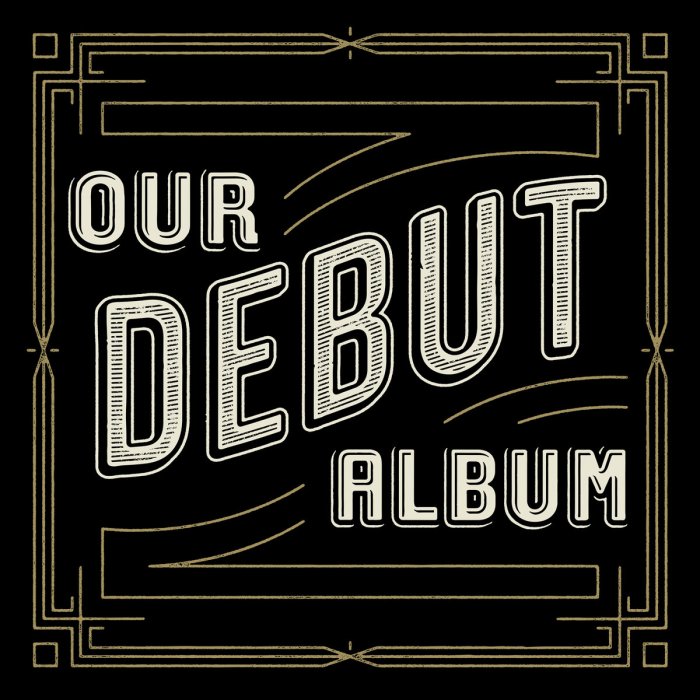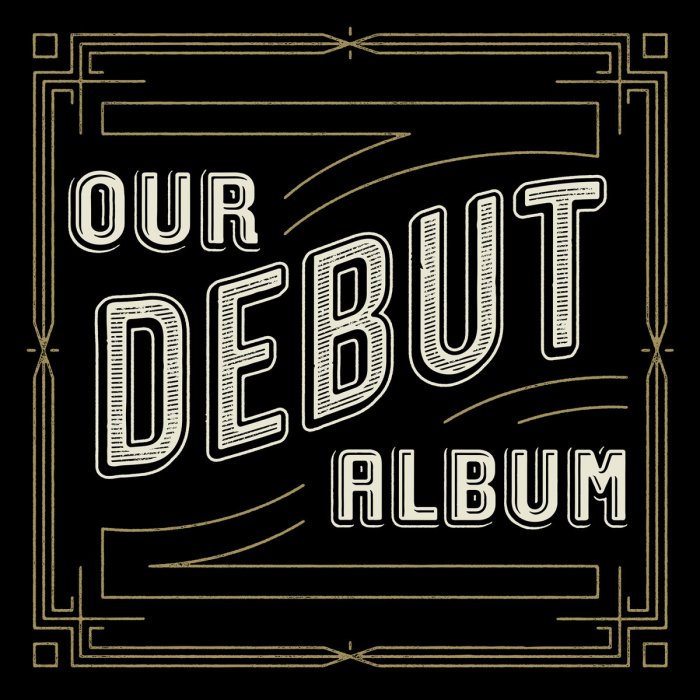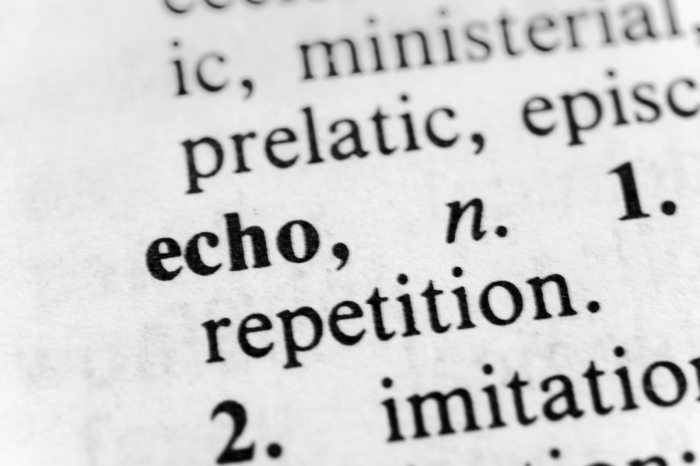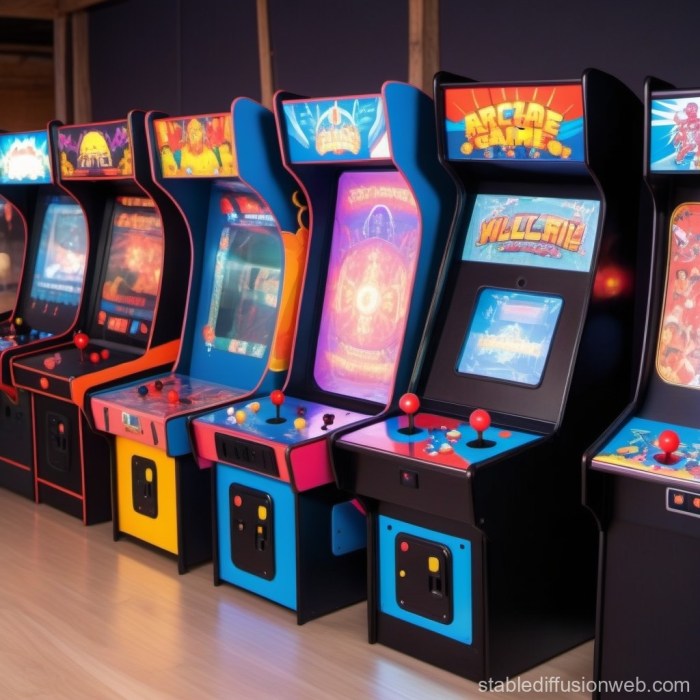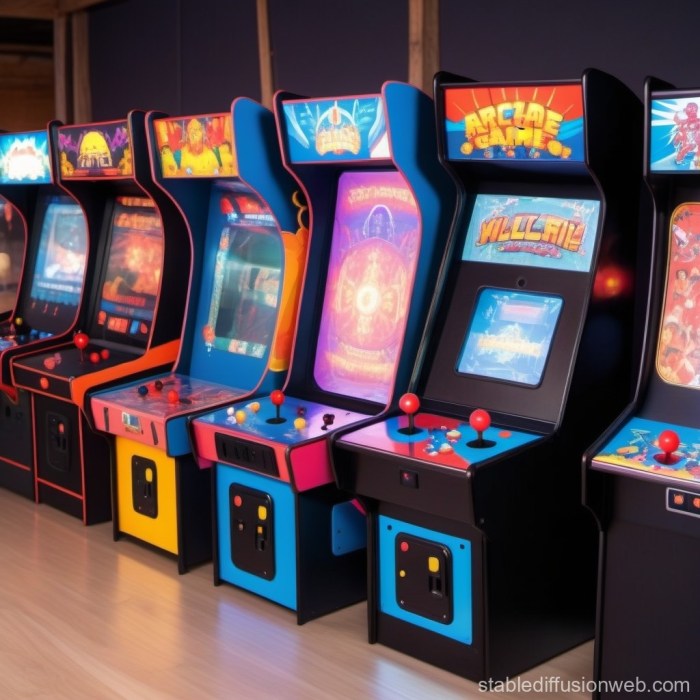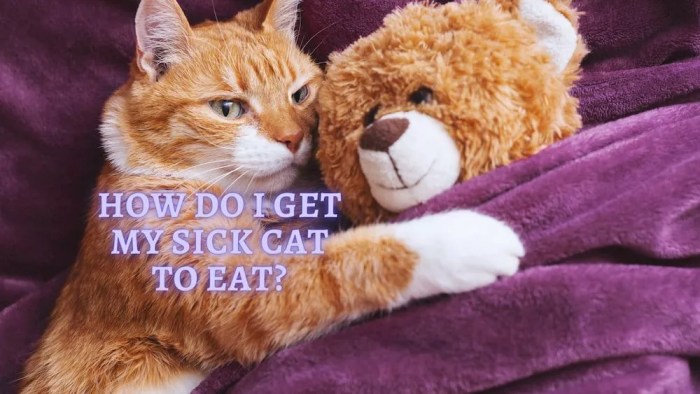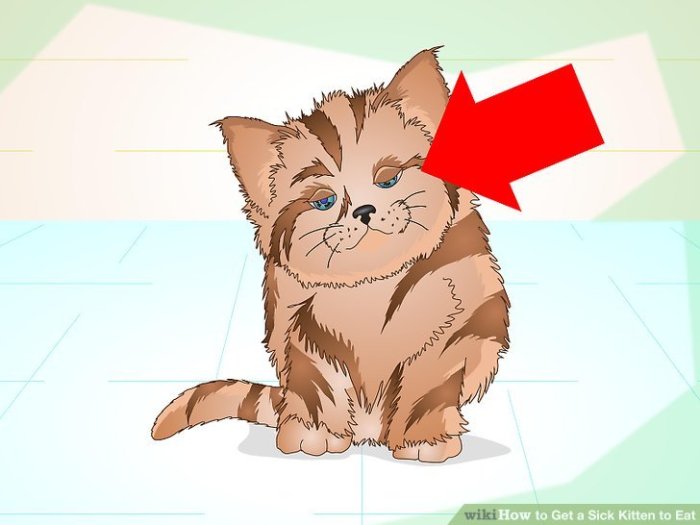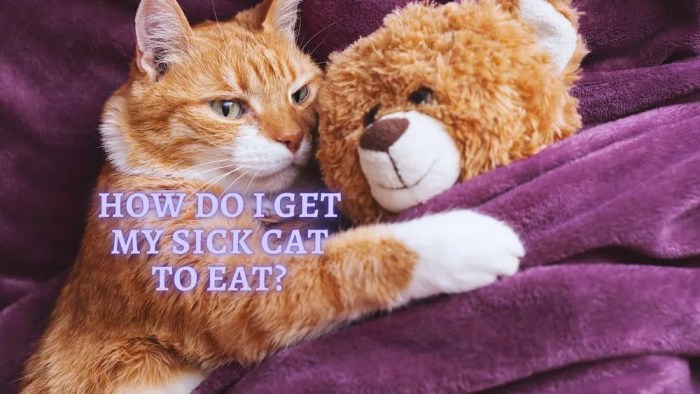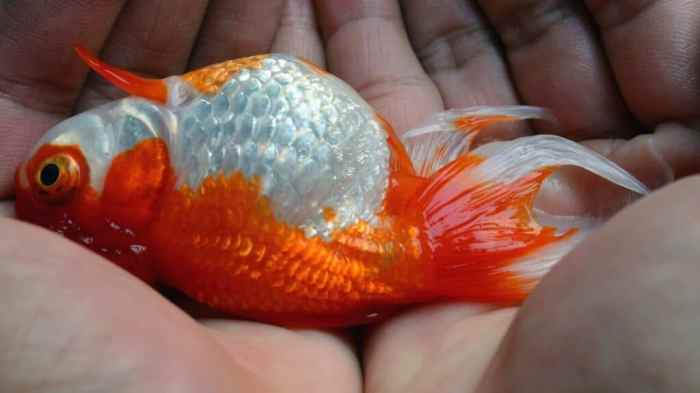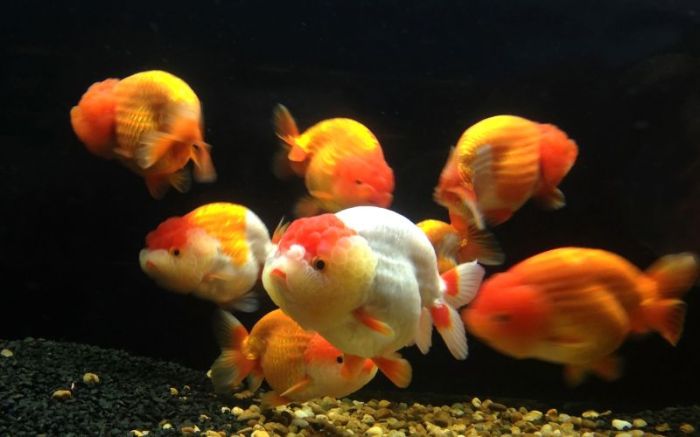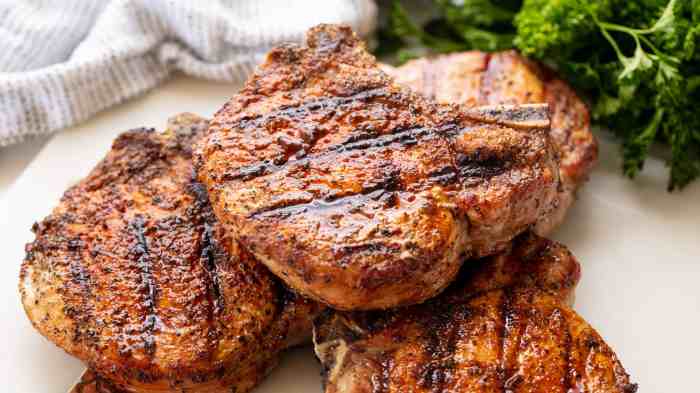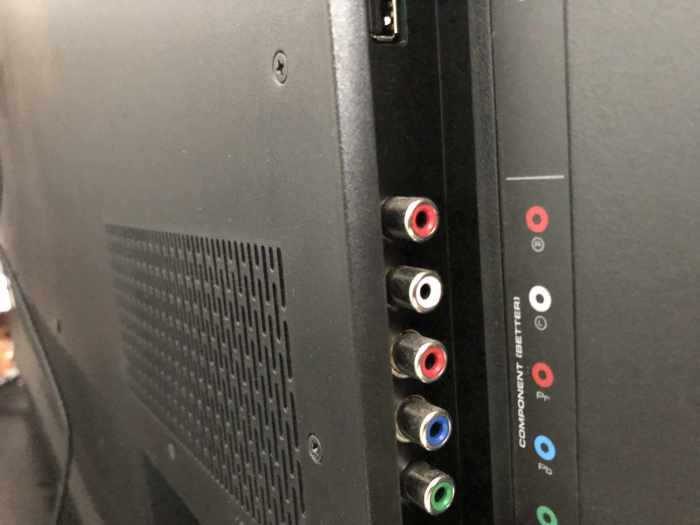Lose Stomach Fat Without Exercise or Dieting? This alluring claim often promises quick fixes, but the reality is more nuanced. This article delves into the science behind fat loss, examining the potential pitfalls of unrealistic expectations and highlighting the importance of sustainable lifestyle changes for lasting results. We’ll explore common misconceptions, analyze various approaches, and discuss the critical role of body composition in fat distribution.
The common belief that you can lose stomach fat without altering your diet or exercise routine is often based on misconceptions. While some methods might offer minor benefits, they rarely lead to significant and lasting fat reduction without incorporating lifestyle modifications. This article provides a balanced overview of the challenges and limitations associated with these claims.
Understanding the Claim
The promise of losing stomach fat without exercise or dieting is often alluring, but it’s crucial to approach such claims with a healthy dose of skepticism. While some minor fluctuations in body composition might occur without these changes, significant, sustained fat loss is virtually impossible without addressing the underlying factors. This article will explore the physiological reasons behind this and highlight common misconceptions.
The Myth of Effortless Fat Loss
The idea of losing stomach fat without conscious effort is often based on a misunderstanding of the body’s metabolic processes. Significant fat loss requires a caloric deficit, meaning expending more energy than you consume. While the body might naturally adjust to certain lifestyle changes, such as an improved sleep schedule or reduced stress, these alone typically aren’t sufficient to trigger significant and sustained fat loss.
The body is remarkably efficient at maintaining homeostasis, meaning it actively resists large-scale changes in body composition.
Physiological Reasons for Significant Fat Loss
The human body is meticulously designed to maintain its energy reserves. Significant fat loss requires a calorie deficit. This can be achieved through a combination of diet and exercise. Exercise not only burns calories directly but also boosts metabolism, making the body more efficient at burning calories even at rest. A balanced diet provides essential nutrients while controlling calorie intake, ensuring the body has the fuel it needs without excessive surplus.
The body’s hormonal regulation plays a significant role in fat storage and metabolism, and these processes are heavily influenced by diet and exercise.
Common Misconceptions about Fat Loss
Many people harbor misconceptions about fat loss, leading to unrealistic expectations. One common misconception is that spot reduction is possible, meaning that exercising a specific area will lead to fat loss in that area. This is a myth. Fat loss happens throughout the body, not in isolated areas. Another common misconception is that certain foods or supplements can magically melt away fat.
While some foods might be healthier than others, no food or supplement can bypass the fundamental need for a caloric deficit to lose fat. The body uses calories for various functions, including maintaining its internal temperature and bodily functions. Therefore, losing fat requires a sustained, holistic approach to health.
Approaches to Weight Management
| Approach | Methods | Potential Benefits | Potential Drawbacks |
|---|---|---|---|
| Exercise-focused | Regular cardiovascular exercise, strength training, high-intensity interval training (HIIT), flexibility exercises. | Improved cardiovascular health, increased muscle mass, enhanced metabolism, improved mood and stress management. | Requires time commitment and effort, can be challenging to maintain consistency, risk of injury if not performed correctly. |
| Diet-focused | Calorie counting, portion control, balanced macronutrient intake (protein, carbohydrates, fats), focusing on nutrient-dense foods, avoiding processed foods and sugary drinks. | Improved overall health, increased energy levels, reduced risk of chronic diseases. | Can be restrictive and require significant lifestyle changes, potential for nutrient deficiencies if not carefully planned, difficulty maintaining long-term adherence. |
| Lifestyle Modifications | Stress management techniques (meditation, yoga), adequate sleep, managing chronic conditions, improving gut health, addressing underlying emotional or psychological factors. | Improved overall well-being, reduced stress, better sleep quality, enhanced mental clarity. | Requires consistent effort and commitment, may not directly lead to rapid weight loss, may require professional guidance. |
The table above illustrates the various approaches to weight management, highlighting their respective methods, benefits, and drawbacks. A comprehensive strategy often involves integrating elements from each approach.
Potential “Natural” Methods
Losing stomach fat without exercise or dieting is a common aspiration, but unfortunately, there’s no magic bullet. While some “natural” methods may offer potential benefits, they rarely deliver the significant fat loss desired without lifestyle changes. It’s crucial to approach these methods with a critical eye, understanding their scientific basis (or lack thereof) and potential risks.Many individuals explore various “natural” approaches to weight loss, often seeking quick fixes or avoiding the perceived discomfort of traditional methods.
Losing belly fat without exercise or dieting? It’s a tough nut to crack, but sometimes life throws curveballs, like the recent cancellation of Harry Styles’ Copenhagen concert due to a tragic mall shooting. This heartbreaking event reminds us that sometimes, focusing on our physical well-being needs to take a backseat to the bigger issues at hand.
Still, finding healthy ways to manage our bodies without extreme measures remains a worthwhile goal. So, maybe there’s more to this whole “lose stomach fat without exercise or dieting” thing than meets the eye.
These methods frequently draw on ancient remedies, popular trends, or anecdotal evidence. However, it’s important to approach such claims with healthy skepticism, and always consult with a healthcare professional before starting any new regimen.
Common Beliefs and Practices
Numerous beliefs and practices circulate around losing stomach fat without exercise or diet. These range from specific dietary supplements to herbal remedies and various lifestyle adjustments. Some common examples include consuming specific foods or drinks believed to burn fat, or undertaking specific detoxification routines. Understanding the validity of these methods is key to making informed choices about your health and well-being.
Scientific Basis and Risks
The scientific evidence supporting many “natural” stomach fat loss methods is often weak or non-existent. While some ingredients might have minor effects on metabolism or appetite, these effects are typically modest and not sufficient for significant fat loss. Many claims are based on anecdotal evidence or unverified research, lacking rigorous scientific testing.The potential risks associated with these methods vary.
Some dietary supplements may interact negatively with medications, while others may cause allergic reactions or digestive issues. Herbal remedies, though often considered “natural,” can also have adverse effects, and their interactions with other substances are not always well-understood. Furthermore, focusing solely on “natural” methods can delay or prevent effective weight loss strategies that combine lifestyle modifications with medical guidance.
Summary Table of “Natural” Methods
| Method | Description | Potential Benefits | Potential Risks |
|---|---|---|---|
| Specific Diets (e.g., the “Master Cleanse”) | Often involve drastic dietary restrictions, frequently lacking essential nutrients. | May temporarily reduce weight due to fluid loss. | Potential for nutrient deficiencies, electrolyte imbalances, and digestive problems. May lead to long-term unhealthy eating habits. |
| Herbal Supplements (e.g., green tea extract) | Supplements containing purported fat-burning herbs or extracts. | Some may slightly boost metabolism or reduce appetite, but effects are usually minimal. | Potential for drug interactions, allergic reactions, and liver damage. Effectiveness not consistently supported by scientific evidence. |
| Detoxification Routines | Often involve fasting, restrictive diets, or specific herbal remedies to eliminate “toxins.” | No scientific evidence supports the idea that the body needs regular detoxification. | Potential for dehydration, nutrient deficiencies, and even electrolyte imbalances. May cause digestive problems and have no effect on actual fat loss. |
| Specific Foods/Drinks | Focusing on certain foods or drinks believed to promote fat burning. | May offer some minor benefits in terms of dietary fiber or antioxidants. | May lead to unbalanced diets, potentially excluding essential nutrients. Effectiveness in reducing stomach fat is not well-supported. |
Body Composition and Fat Distribution

Understanding where your body stores fat is crucial for any fat loss journey. It’s not just about the total amount of fat, but also where it’s located. Different areas of the body have different reasons for fat accumulation, and this understanding can inform strategies for addressing those specific areas. This section dives into the complex interplay of genetics, hormones, and body composition analysis to provide a more complete picture of fat storage and mobilization.
Factors Influencing Fat Storage Locations
Fat isn’t evenly distributed throughout the body. Several factors contribute to the specific areas where fat accumulates. These include:
- Genetics: Family history plays a significant role in determining where fat tends to accumulate. Individuals may inherit a predisposition to storing fat in specific areas, such as the abdomen, hips, or thighs. This genetic predisposition doesn’t mean you’re doomed to a particular fat distribution, but it does influence the starting point.
- Hormonal Factors: Hormones like estrogen and testosterone influence fat distribution. For example, women tend to store more fat in the hips and thighs due to higher estrogen levels, while men often store more fat in the abdominal area due to higher testosterone levels. Changes in hormone levels throughout life (e.g., pregnancy, menopause, or andropause) can also affect fat distribution.
- Lifestyle Factors: Diet and exercise habits, while not directly determining
-where* fat stores, can influence the overall amount and distribution. A diet high in processed foods and refined sugars, combined with a lack of physical activity, can contribute to increased fat storage and potentially different fat distribution patterns.
Body Composition Analysis Methods
Assessing body composition is crucial to understanding fat loss progress. Various methods exist, each with its strengths and limitations.
- Body Mass Index (BMI): BMI is a simple calculation using height and weight. While a useful initial screening tool, it doesn’t differentiate between fat mass and muscle mass. A high BMI might indicate excess fat, but it doesn’t pinpoint where that fat is located.
- Body Fat Percentage: This method measures the proportion of body fat relative to total body weight. It’s a more accurate measure than BMI, as it considers both fat mass and lean body mass. Techniques like bioelectrical impedance analysis (BIA), dual-energy X-ray absorptiometry (DEXA), and skin fold calipers are used to determine body fat percentage. Each method has its limitations and level of accuracy.
- Waist Circumference: Measuring waist circumference can provide an indication of abdominal fat, which is often associated with health risks. A larger waist circumference generally correlates with higher visceral fat levels.
Mechanisms of Fat Storage and Mobilization, Lose Stomach Fat Without Exercise or Dieting
Fat storage and mobilization are complex biological processes.
- Fat Storage: Fat cells, or adipocytes, store excess energy in the form of triglycerides. When calorie intake exceeds energy expenditure, the body stores the surplus as triglycerides within adipocytes. This storage process is crucial for energy reserves.
- Fat Mobilization: When the body needs energy, it mobilizes stored fat. Hormones like glucagon and adrenaline signal the release of triglycerides from adipocytes. These triglycerides are then broken down into free fatty acids and glycerol, which can be used by the body’s cells for energy production.
Alternatives to Exercise and Dieting: Lose Stomach Fat Without Exercise Or Dieting
Focusing solely on rapid fat loss through exercise and dieting can be unsustainable and even detrimental to overall health. A more holistic approach, emphasizing well-being and gradual lifestyle changes, often yields better and more lasting results. This section explores alternative strategies that support healthy weight management without the pressure of extreme measures.A healthy lifestyle isn’t just about achieving a specific weight; it’s about nurturing your body and mind for long-term well-being.
By incorporating these alternative methods, you can improve your overall health and potentially contribute to weight management as a natural consequence of a healthier lifestyle.
Prioritizing Sleep
Adequate sleep is crucial for numerous bodily functions, including hormone regulation, metabolism, and stress management. Poor sleep can disrupt these processes, potentially leading to increased cravings for unhealthy foods and reduced energy levels, hindering any positive lifestyle changes. Aiming for 7-9 hours of quality sleep per night can improve mood, reduce stress, and positively impact overall health.
Stress Management Techniques
Chronic stress can negatively influence various aspects of health, including weight management. Stress hormones can lead to increased appetite, particularly for high-calorie foods, and hinder the body’s ability to regulate metabolism effectively. Implementing stress management techniques like mindfulness, meditation, or yoga can help reduce stress levels, improving overall well-being and potentially contributing to better weight management.
Mindful Eating Practices
Mindful eating involves paying close attention to your body’s hunger and fullness cues. By slowing down and savoring your meals, you can develop a deeper understanding of your body’s needs, avoiding overeating and making healthier food choices. This approach also promotes a more balanced relationship with food, reducing the likelihood of restrictive or unhealthy eating habits.
Hydration and Nutrition
Proper hydration is essential for optimal bodily functions, including metabolism and digestion. Staying adequately hydrated can aid in feeling full, reducing cravings, and supporting overall health. A balanced diet rich in fruits, vegetables, and whole grains provides essential nutrients, supports energy levels, and contributes to a healthier weight. Focus on whole foods, and reduce processed foods, sugary drinks, and excessive amounts of saturated fats.
Posture Improvement and Movement
Improving posture and incorporating gentle movement throughout the day can positively impact energy levels and overall physical health. Good posture can reduce pain and stiffness, enhancing comfort and well-being. Regular stretches, light walks, or even incorporating movement into daily tasks (like standing instead of sitting for extended periods) can contribute to increased energy levels and a more active lifestyle.
Lifestyle Adjustments for Improved Health
- Prioritize sleep: Aim for 7-9 hours of quality sleep each night. Establish a consistent sleep schedule and create a relaxing bedtime routine.
- Incorporate stress management techniques: Explore mindfulness, meditation, deep breathing exercises, or yoga to manage stress effectively.
- Practice mindful eating: Pay attention to your hunger and fullness cues, eat slowly, and savor your meals.
- Maintain proper hydration: Drink plenty of water throughout the day.
- Embrace a balanced diet: Focus on whole foods, fruits, vegetables, and lean proteins.
- Incorporate gentle movement: Include stretches, walks, or light exercises into your daily routine.
- Seek professional guidance: Consult with a healthcare professional for personalized advice.
Realistic Expectations and Safety Concerns
Losing weight, especially significant amounts, takes time and effort. While the idea of effortless fat loss without exercise or diet is appealing, it’s crucial to set realistic expectations. A gradual, sustainable approach is generally healthier and more likely to produce lasting results. Focusing on overall health improvements rather than a specific number on the scale is a more beneficial mindset.
Ever wondered if you could lose stomach fat without all the fuss of exercise or restrictive diets? Turns out, some artists explore similar concepts in unique ways, like Sharon Van Etten’s exploration of serpents, in her work. Sharon Van Etten’s serpents might be a metaphor for the winding, sometimes challenging, path to a healthier you, regardless of the methods used.
The key is often about finding a more balanced lifestyle, even without the rigid structure of a traditional diet or workout plan. Maybe the journey itself is the true reward.
Importance of Realistic Expectations for Weight Loss
Realistic expectations are fundamental to successful and safe weight management. Expecting rapid and drastic changes can lead to frustration and potentially dangerous behaviors. Instead, focus on gradual, sustainable progress. This approach fosters a healthier relationship with food and exercise, making it easier to maintain long-term weight control. Understanding that weight loss varies based on individual factors, such as metabolism, genetics, and lifestyle, is vital.
Setting achievable goals, such as losing 1-2 pounds per week, is a more sustainable and healthy strategy compared to aiming for rapid, unrealistic weight loss.
Potential Dangers of Quick Weight Loss Methods
Quick weight loss methods often involve extreme measures that can be detrimental to your health. These methods can lead to nutrient deficiencies, muscle loss, and electrolyte imbalances. Dehydration and digestive problems are also potential consequences. Restricting calories drastically can negatively impact metabolism and hormonal balance, hindering long-term weight management. The body adapts to starvation mode, making it harder to lose weight and more difficult to maintain the desired weight in the future.
Importance of Consulting Healthcare Professionals
Before starting any weight loss or health improvement program, it’s essential to consult with a healthcare professional. A doctor or registered dietitian can assess your individual needs and risks, and create a personalized plan that is safe and effective for you. They can identify any underlying health conditions that might influence weight management strategies and tailor recommendations accordingly.
Ever wondered if you could lose stomach fat without the usual grind of exercise and dieting? While drastic shortcuts are often misleading, a healthy lifestyle shift, including mindful eating and stress management, can definitely play a part. Speaking of lifestyle shifts, have you seen Real Estate perform a new song live in Chicago? watch real estate perform a new song in chicago is a must-see if you’re a fan.
Ultimately, consistency in small, positive changes is key to achieving sustainable results in losing stomach fat without relying on extreme measures.
They can also provide guidance on safe dietary changes and exercise routines, minimizing the risk of adverse effects.
Potential Health Problems Associated with Rapid or Unhealthy Weight Loss Methods
Rapid or unhealthy weight loss methods can trigger a range of health problems. These can include nutrient deficiencies, resulting in fatigue, hair loss, and skin problems. Electrolyte imbalances can cause muscle cramps, dizziness, and irregular heartbeat. Rapid loss can also lead to an increased risk of gallstones and digestive issues. Furthermore, some extreme methods can lead to heart problems, particularly in individuals with pre-existing conditions.
Illustrative Examples
Finding ways to lose stomach fat without exercise or dieting can be appealing, but it’s crucial to understand that drastic shortcuts rarely lead to sustainable results. Real-world situations often highlight the need for a balanced approach incorporating healthy habits and, sometimes, professional guidance. The examples below illustrate scenarios where individuals might seek alternative approaches and when medical advice is essential.Understanding the specific needs and goals of individuals seeking alternative approaches to weight loss is crucial.
Each case requires careful consideration of factors like overall health, lifestyle, and medical history.
Specific Concerns and Needs
Individuals often have unique circumstances that influence their approach to weight loss. For instance, someone with a sedentary job and limited time might seek ways to incorporate natural methods into their daily routine, while an individual with underlying health conditions might require a more cautious and medically supervised approach. These situations require a personalized understanding of the individual’s needs.
- Sedentary Lifestyle and Limited Time: A busy professional with a demanding job and limited free time might be looking for natural methods that can be integrated into their daily routine, such as specific dietary changes or herbal supplements. These individuals often prioritize ease of implementation and quick results, which might lead to unrealistic expectations.
- Underlying Health Conditions: Someone with pre-existing conditions like diabetes or thyroid issues may require a doctor’s guidance for any weight loss strategy. These conditions can significantly impact metabolism and nutritional needs, making it essential to consult with healthcare professionals before starting any weight loss program, even if it’s “natural.”
- Specific Dietary Restrictions: Individuals following specific dietary plans, such as veganism or gluten-free diets, may need personalized guidance to ensure they are meeting their nutritional needs while trying to lose stomach fat. A registered dietitian can help customize a safe and effective plan that aligns with these dietary restrictions.
Case Studies: Lifestyle Changes and Positive Effects
Many individuals experience positive health outcomes when incorporating lifestyle changes, even without specific weight loss goals. A holistic approach that combines dietary modifications, stress reduction techniques, and sufficient sleep can positively impact overall well-being.
- Improved Sleep and Stress Management: A young adult experiencing increased stress due to academic pressure reported a noticeable decrease in stomach bloating and improved sleep quality after implementing mindfulness exercises and establishing a consistent sleep schedule. This case highlights how addressing stress and improving sleep hygiene can indirectly contribute to better overall health and potentially aid in weight management.
- Increased Physical Activity (Gentle Forms): A middle-aged individual with joint pain found that incorporating gentle activities like walking or swimming for 30 minutes most days of the week, alongside mindful eating habits, improved their overall energy levels and reduced belly fat. This shows how even moderate physical activity, tailored to individual needs, can contribute to positive changes.
Medical Advice and Health Concerns
It’s crucial to understand that certain health conditions require medical intervention and a personalized approach. Self-treating or relying solely on natural methods for weight loss can be risky.
- Sudden or Significant Weight Loss: Individuals experiencing unexplained, rapid weight loss should consult a healthcare professional immediately. This could indicate an underlying medical issue that requires diagnosis and treatment.
- Persistent Stomach Pain or Bloating: Chronic or recurring stomach pain or bloating, even with lifestyle changes, should be addressed by a doctor. These symptoms might indicate a medical condition that requires attention.
Closing Notes

Ultimately, achieving sustainable weight loss and a healthier body composition requires a holistic approach. While rapid fixes are tempting, the key to long-term well-being lies in gradual, sustainable lifestyle changes that include balanced nutrition, regular physical activity, and mindful choices. Remember, prioritizing your overall health and well-being is crucial, and consulting a healthcare professional is always recommended before embarking on any significant dietary or lifestyle changes.

